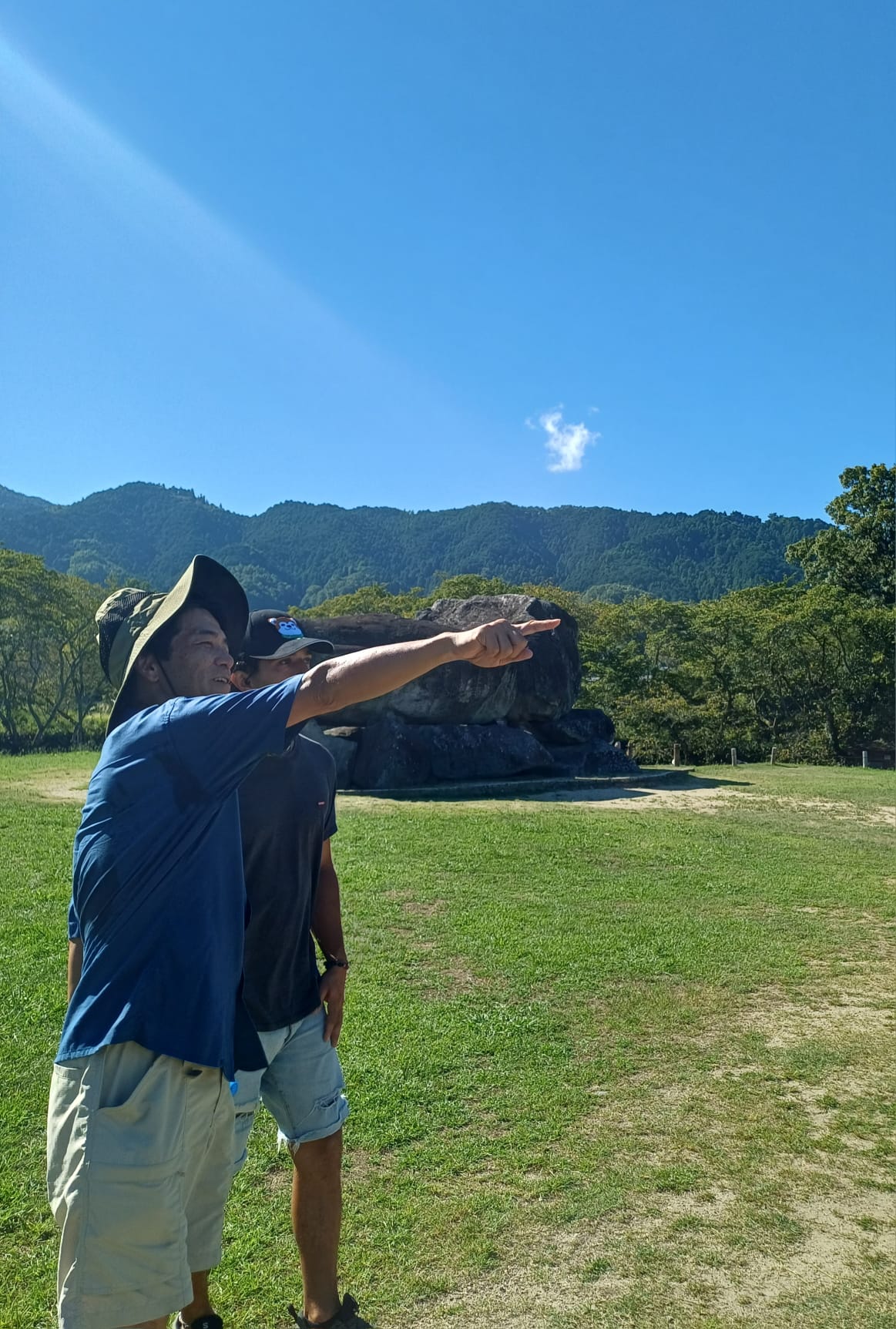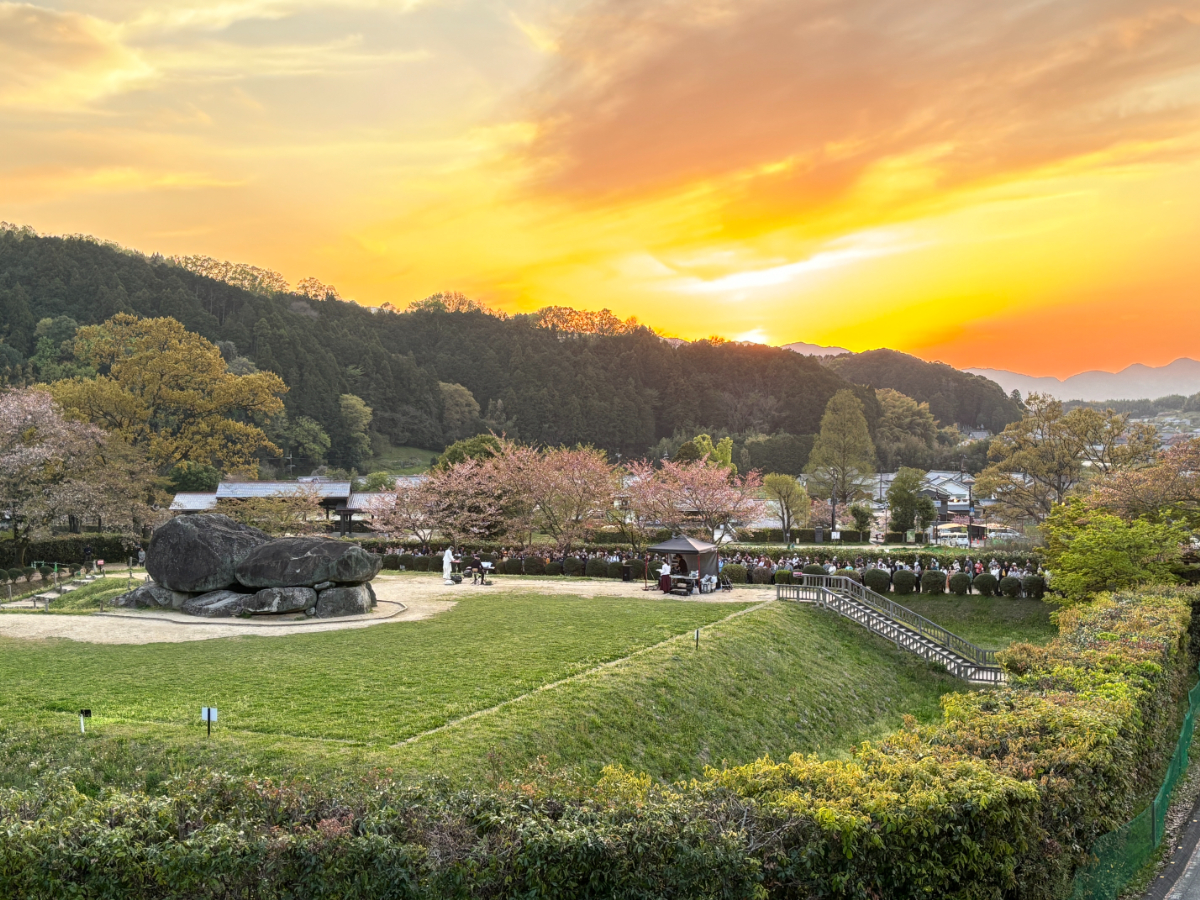Ghibli magic in Asuka

What is it about Ghibli films that enchants all of us? Miyazaki Hayao’s works have captured the hearts of people of every age and every background. In fact, the biggest Ghibli fan I have ever met was an Italian university student who gushed to me about the films with a passion surpassing that of even Japanese children who have grown up watching them. Maybe it’s the vivid illustrations of greenery that makes you just want to throw yourself into the television screen and onto the pillowy grass in the scene. Maybe it’s the way Miyazaki can make a cluster of trees look both ominous and ethereal, a place on the cusp of reality and something else.There’s a pureness about the film settings and characters —both human and non human— that makes us miss something most of us have never lived, but somehow know. The films grasp at our nostalgia for a serene way of living long gone, ravished by industrialization. A way of living that for many, exists only in stories told by our grandparents and in Ghibli movies.
Asuka is that place, still existing today in the southern tip of Nara Prefecture. Rice paddies extend left and right, dotted by clusters of magnificent traditional Japanese houses with kawara roofs and wooden pillars. Look up, and you’ll see that you are surrounded by mountains covered with thick, lush green trees. Ride through the gentle hills on a bicycle, just like Mei and Satsuki do in Totoro.* Farmers with large straw hats, bending down and tending to their fields complete the scenery. It’s here, I thought, when I first arrived: the place where the magic that Ghibli films remind you of, still lives.
*Mei and Satsuki are the two sisters in My Neighbor Totoro, arguably the most quintessential Ghibli film. If you haven’t watched it, watch it.
by Mao Shiotsu (a daughter of CEO)




